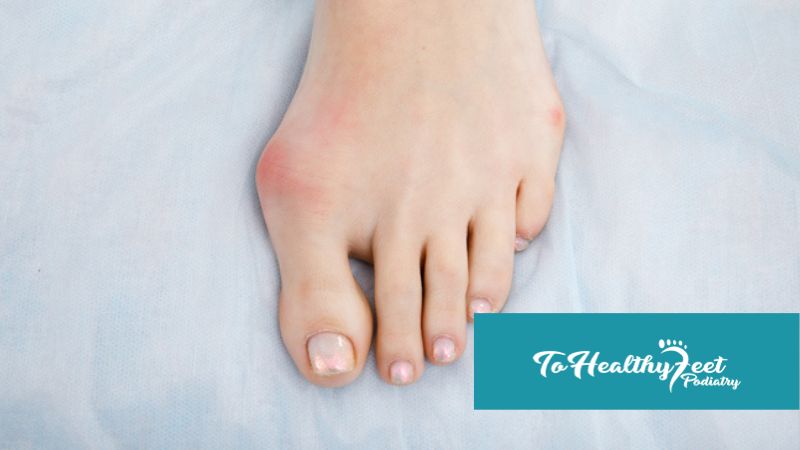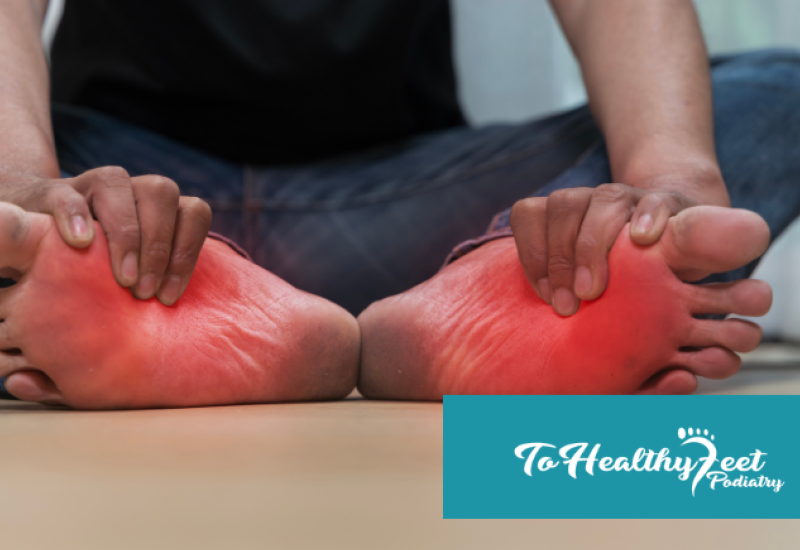Sports enthusiasts are no strangers to pushing their bodies to the limit in pursuit of their athletic passions. However, for those dealing with bunion pain, participating in sports can become a daunting challenge. Bunions, characterized by a bony bump at the base of the big toe, can cause discomfort, swelling, and restricted movement, impacting athletic performance and overall well-being. Let's explore the possibilities of continuing to play sports while managing bunion pain. Understanding how to find the right balance between staying active and seeking relief is crucial for athletes who wish to pursue their sporting endeavors despite this common foot ailment.
Discover ways to navigate the world of sports with bunion pain, managing discomfort and making informed decisions for a more fulfilling athletic journey.
Assessing the Severity of Bunion Pain
Before deciding whether to continue playing sports with bunion pain, it is essential to assess the severity of the condition.
- Consulting with a Healthcare Professional: Seek advice from a podiatrist or orthopedic specialist for an accurate diagnosis and understanding the extent of the bunion's impact on athletic performance.
- Recognizing Limitations: Be honest about the ability to tolerate pain and understand the potential risks of exacerbating the bunion condition through excessive strain during sports activities.
- Understanding the Sport's Impact: The nature of the sport may play a role in determining whether continued participation is feasible. High-impact activities or sports that involve repetitive movements may aggravate bunion pain, necessitating modifications or temporary rest.
Footwear and Orthotic Support
Choosing appropriate footwear and using orthotic devices can significantly alleviate bunion pain and support athletes during sports activities.
- Selecting Proper Sports Shoes: Opt for sports shoes with a wide toe box and adequate arch support to minimize pressure on the bunion and improve overall foot comfort during physical activities.
- Custom Orthotics: Consultation with a podiatrist for custom orthotic devices provides personalized support, redistributing pressure away from the bunion and promoting better foot alignment during sports.
- Taping and Padding Techniques: Utilize taping and padding techniques to provide additional cushioning and protection to the bunion area, reducing friction and discomfort while participating in sports.
Cross-Training and Injury Prevention
For athletes dealing with bunion pain, engaging in cross-training and prioritizing injury prevention strategies can be beneficial.
- Alternative Sports and Activities: Consider participating in low-impact sports or activities that place less strain on the feet, such as swimming, cycling, or yoga. Cross-training maintains physical fitness while giving the bunion time to heal.
- Strength and Flexibility Exercises: Strengthen the foot and lower leg muscles through targeted exercises to improve stability and reduce the pressure on the bunion. Incorporate flexibility exercises to enhance overall foot mobility.
- Proactive Injury Prevention: Adopt injury prevention measures, such as warming up before sports activities and utilizing proper techniques, to reduce the risk of exacerbating bunion pain and other potential foot issues.
Dealing with bunion pain while pursuing a passion for sports requires careful consideration and a focus on overall foot health. Consult with healthcare professionals to understand the severity of the condition and receive personalized recommendations. Make informed decisions about sports participation, embrace supportive footwear and orthotics, and explore alternative activities for a fulfilling athletic journey. Strike a balance between managing bunion pain and staying active to continue thriving in the world of sports while safeguarding foot health and overall well-being. Remember, it's essential to listen to your body and prioritize self-care to enjoy a lifelong relationship with your chosen sport, even with the presence of bunion discomfort.
Written on behalf of To Healthy Feet Podiatry.




